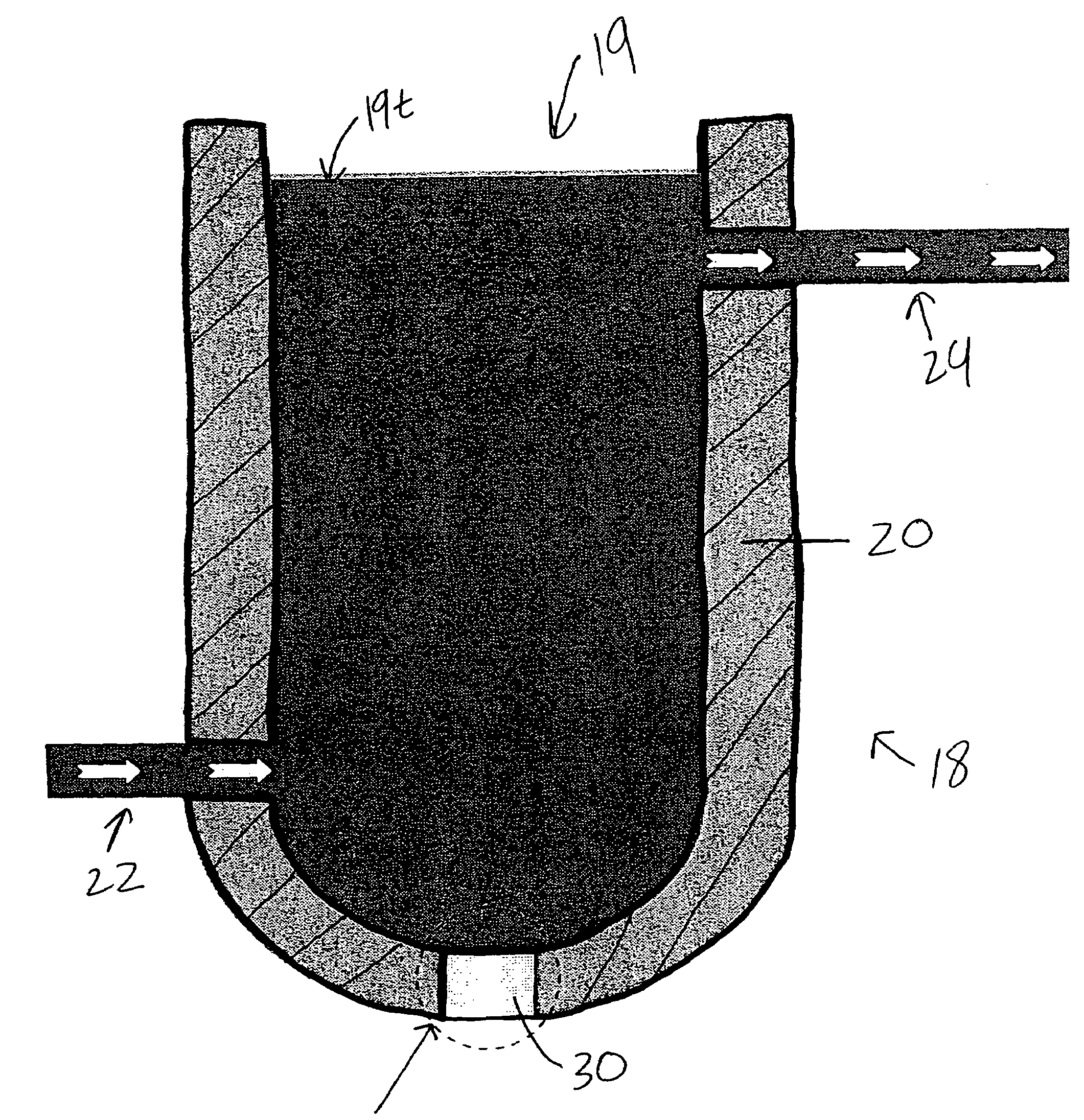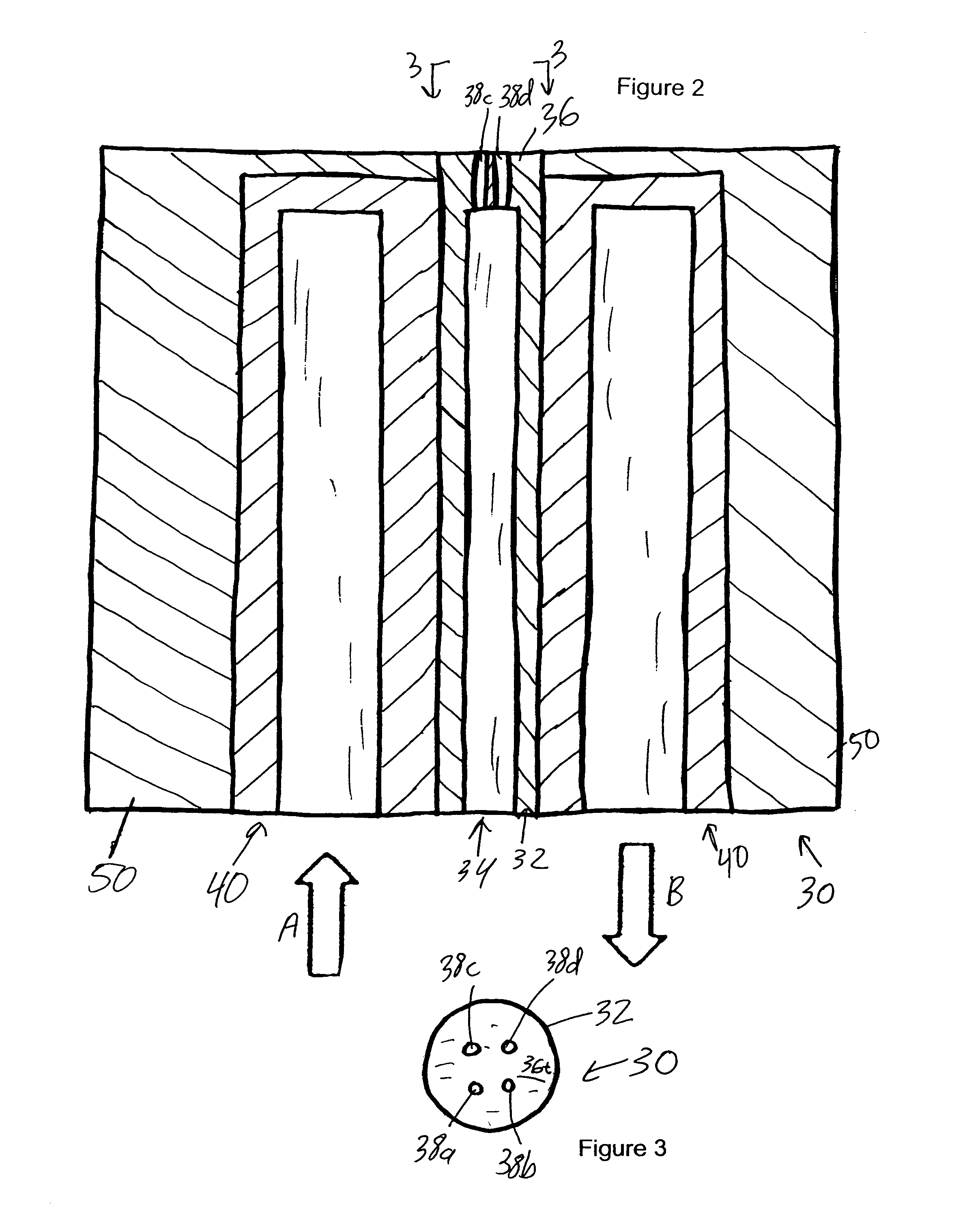Degassing of molten alloys with the assistance of ultrasonic vibration
a technology of molten alloys and ultrasonic vibration, which is applied in the direction of liquid degasification, separation processes, manufacturing converters, etc., can solve the problems of insufficient solidification shrinkage of alloys, porosity is one of the major defects, and the presence of porosity can be detrimental to mechanical properties and corrosion resistance of castings, so as to reduce the gas content of molten metals or alloys
- Summary
- Abstract
- Description
- Claims
- Application Information
AI Technical Summary
Benefits of technology
Problems solved by technology
Method used
Image
Examples
examples
[0046]The following Examples have been presented in order to further illustrate the invention and are not intended to limit the invention in any way. For a small volume melt, no purge gas is needed because the cavitation bubbles can escape from the melt surface. All the following data were obtained without using any purge gas.
A. Experimental Apparatus and Methods
[0047]A study of ultrasonic degassing in an aluminum A356 alloy melt was performed. Aluminum alloy A356 typically contains 6.5-7.5% silicon, 0.2% max. iron, 0.2% max. copper, 0.1% max. manganese, 0.2-0.4% magnesium, 0.10 max. zinc, and 0.2% max. titanium. Typical applications of aluminum alloy A356 are airframe castings, machine parts, truck chassis parts, aircraft and missile components, and structural parts requiring high strength.
[0048]An experimental apparatus was constructed including an ultrasonic device which comprised: (i) an ultrasonic processor including a power supply, an air cooled transducer, a booster, a horn, ...
PUM
| Property | Measurement | Unit |
|---|---|---|
| frequency | aaaaa | aaaaa |
| humidity | aaaaa | aaaaa |
| humidity | aaaaa | aaaaa |
Abstract
Description
Claims
Application Information
 Login to View More
Login to View More - R&D
- Intellectual Property
- Life Sciences
- Materials
- Tech Scout
- Unparalleled Data Quality
- Higher Quality Content
- 60% Fewer Hallucinations
Browse by: Latest US Patents, China's latest patents, Technical Efficacy Thesaurus, Application Domain, Technology Topic, Popular Technical Reports.
© 2025 PatSnap. All rights reserved.Legal|Privacy policy|Modern Slavery Act Transparency Statement|Sitemap|About US| Contact US: help@patsnap.com



